Man Ray: Liberating Photography
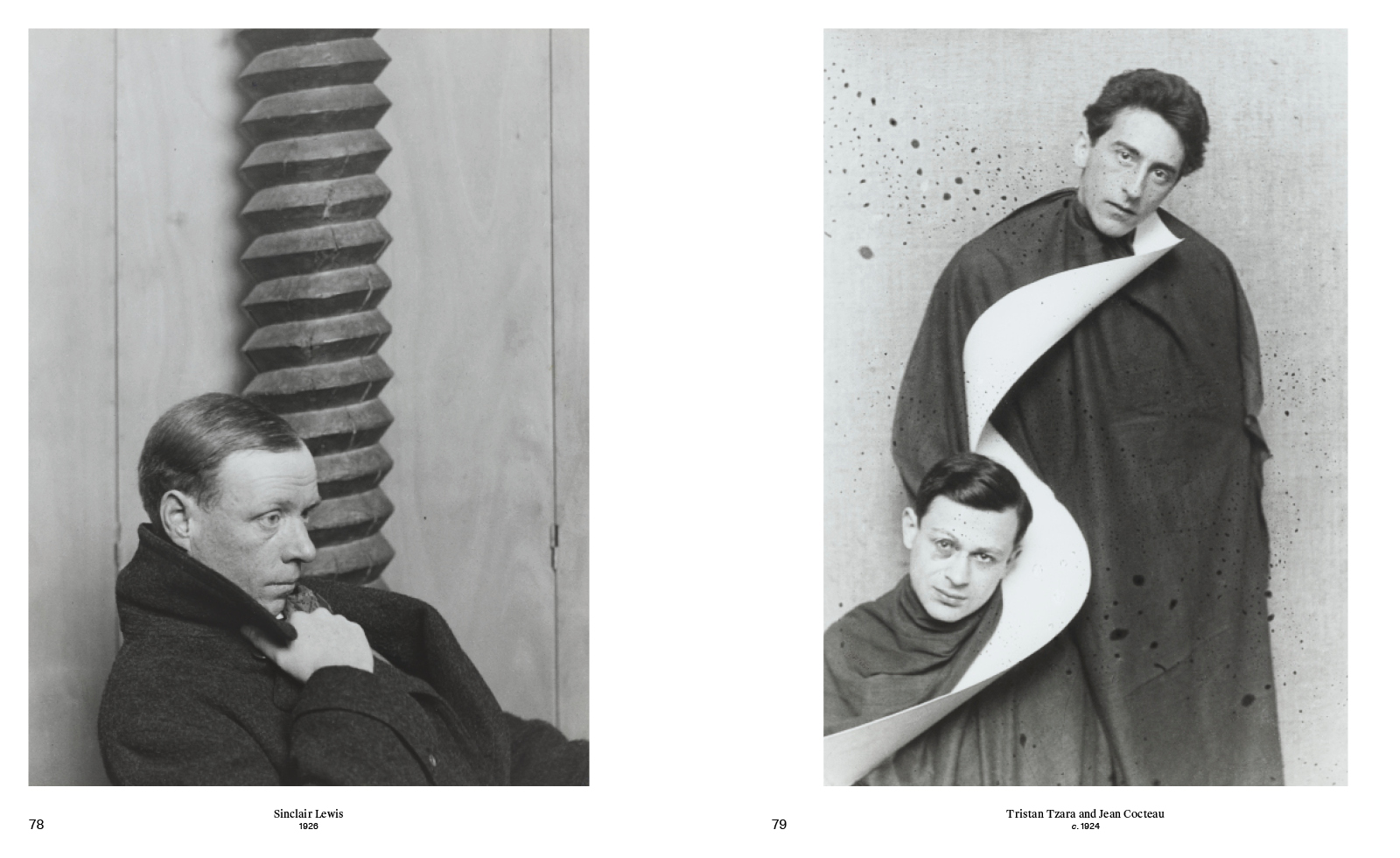
Courtesy of Thames & Hudson
Man Ray (1890–1976) was a man both of and ahead of his time. With his conceptual approach and innovative techniques, he liberated photography from previous constraints and opened the floodgates to new ways of thinking about the medium.
A close friend of Marcel Duchamp and André Breton, he was one of the few photographers to be mentioned among the Dada artists and Surrealists. He also worked as a fashion photographer, first for Vogue, and later for Harper’s Bazaar and Vanity Fair. Renowned as the creator of Ingres’ Violin – a photograph from 1924 that broke records when it was sold for $12.4 million in 2022 – Man Ray remains an influential figure in the worlds of art, fashion and pop culture, with many other artists referencing his work.
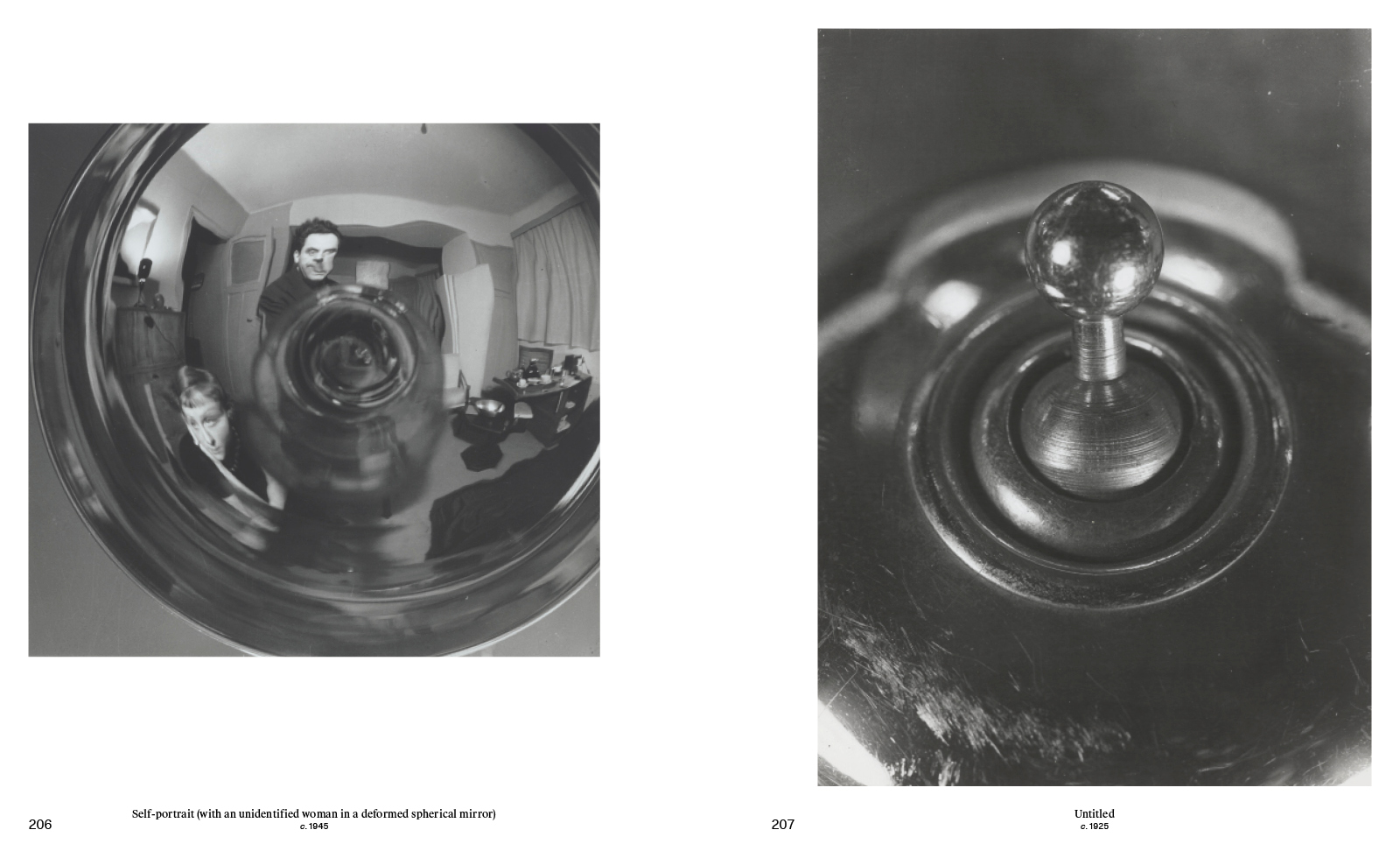
Courtesy of Thames & Hudson
Published in connection with an exhibition at Photo Elysée and in the centenary year of the publication of André Breton’s Surrealist Manifesto, this book presents more than 150 of Man Ray’s portraits, primarily from the 1920s and 30s. It includes portraits of the leading lights of the Paris art scene, among them Marcel Duchamp, Robert Delaunay, Georges Braque, Alberto Giacometti and Pablo Picasso, as well as a selection of his fashion work. As an innovator of photographic techniques and compositional form, Man Ray found the studio portrait – be it of the artists and writers with whom he had longstanding friendships, or of the objects and sculptures he collected – to be the playground in which he could express the visual wit and experimentation for which he is renowned.
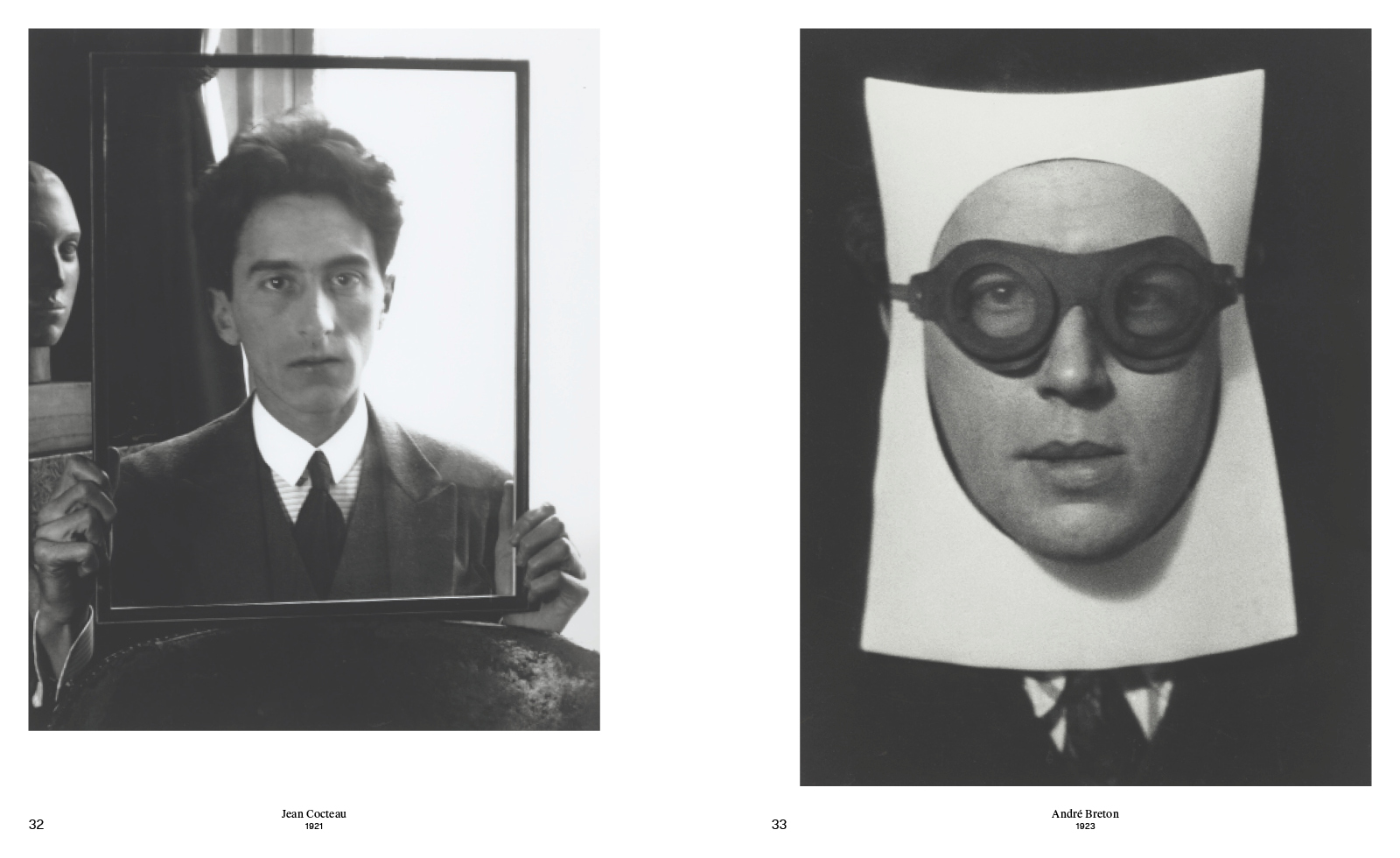
Courtesy of Thames & Hudson
Nathalie Herschorfer is the Director of Photo Elysée in Lausanne, Switzerland. Her previous books for Thames & Hudson include Deborah Turbeville: Photocollage, Body and Coming into Fashion.
Wendy A. Grossman is an independent scholar and curator. She is the author of Man Ray, African Art, and the Modernist Lens.
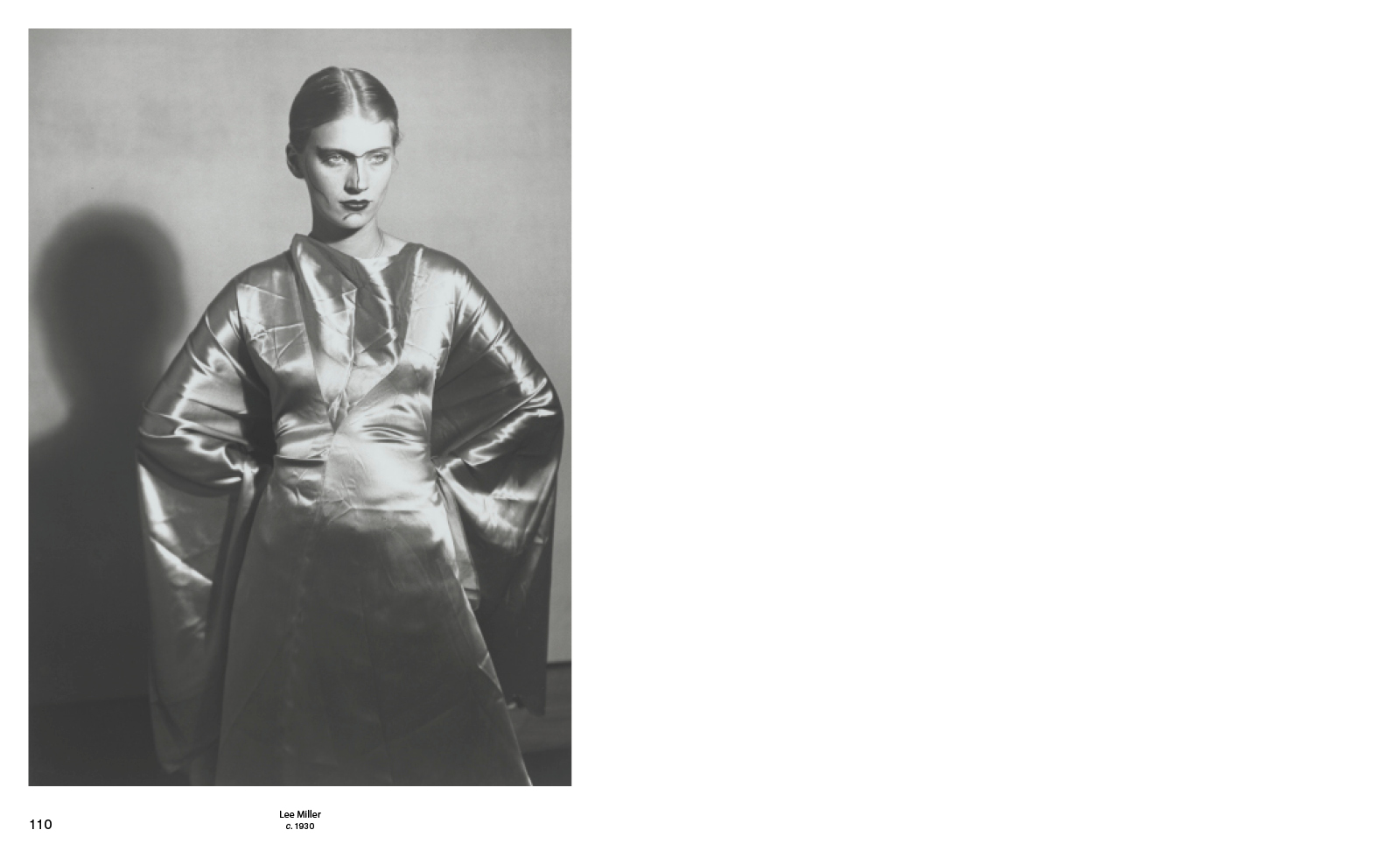
Courtesy of Thames & Hudson
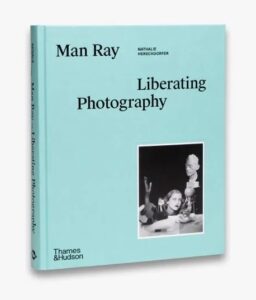
Man Ray: Liberating Photography
Nathalie Herschdorfer, Wendy Grossman
Thames & Hudson, 13 June 2024
Hardcover, 224 pages, 153 ills.
24 x 19.6 cm
RRP £35
